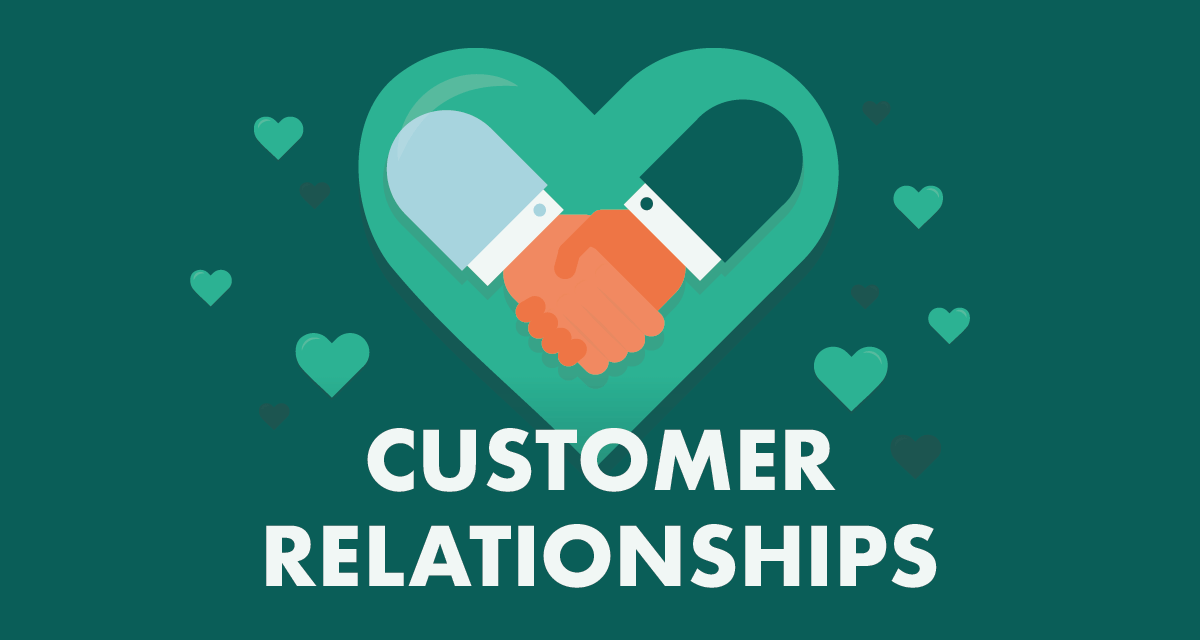Relationship Quality
 Graphics courtesy of Super OfficeOpens in new window
Graphics courtesy of Super OfficeOpens in new window
The attributes of trust and commitment discussed in the previous literatureOpens in new window suggests that some relationships can be thought to be of better quality than others. Research into relationship quality generally cites trust and commitment as core attributes of a high-quality relationship. However, a number of other attributes have also been identified, including relationship satisfaction, mutual goals and cooperative norms. |
- Relationship satisfaction is not the same as commitment. Commitment to a supplier comes as investments are made in the relationship, and investments are only made if the committed party is satisfied with their transactional history.
In other words, investments are made in relationships that are satisfactory.
- Mutual goals are present when the parties share objectives that can only be achieved through joint action and relationship continuity.
- Cooperative norms are seen when relational parties work together constructively and interdependently to resolve problems.
Given that CRM implementations are often designed to build closer, more value-laden relationships with customers, it makes sense for managers to be aware of variance in the quality of the relationships they have with customers.
See Also:
- Buttle, F. and Biggermann, S. (2003). Modeling business-to-business relationship quality. Macquarie Graduate School of Management Working Paper #2003-3.
- Reichheld, F. and Sasser, Jr., W.E. (1990). Zero defections: quality comes to services. Harvard Business Review, September/October, 105 – 11.
- Athanasopoulou, P. (2009). Relationship quality: a critical literature review and research agenda. European Journal of Marketing, 43(5/6), 583 – 610.
- Marquardt, A. (2013). Relationship quality as a resource to build industrial brand equity when products are uncertain and future-based. Industrial Marketing Management, 42, 1386 – 97.

